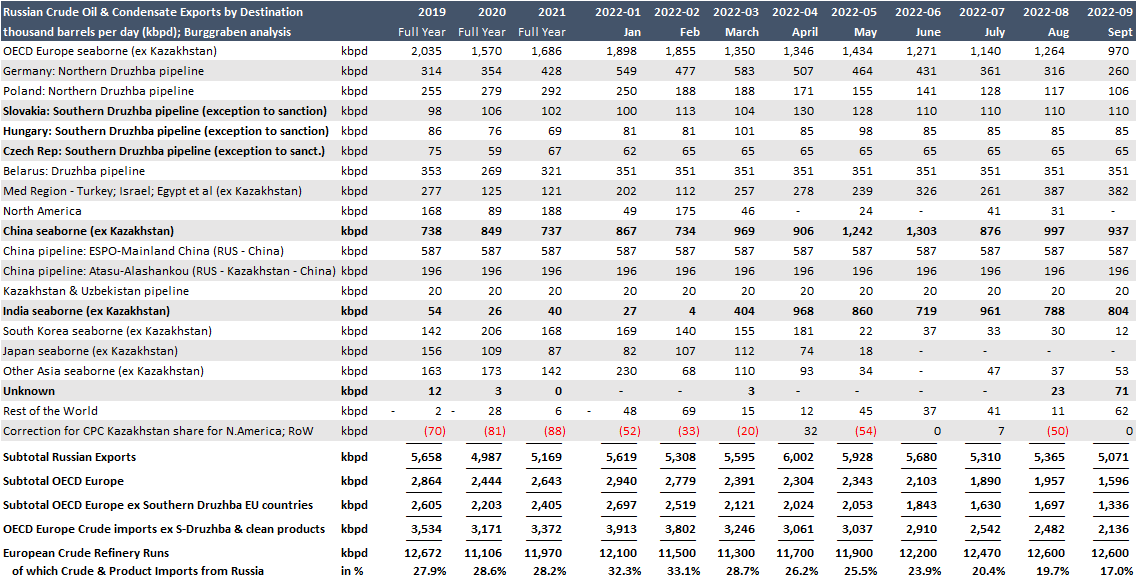
These are some ugly numbers right here.
Every single PMI in Euroland is slowing down while most are in economic contraction (<50; diffusion index).
Europe is in recession!
Manufacturing & Services

Every single PMI in Euroland is slowing down while most are in economic contraction (<50; diffusion index).
Europe is in recession!
Manufacturing & Services


Asia a mixed bag, with China & Korea in contraction while India‘s economy is accelerating a bit.
#Asia #PMI

#Asia #PMI


The US is decelerating at a big clip and about to contract on manufacturing side next month. Services are already in contraction.
#recession @kittysquiddy

#recession @kittysquiddy


• • •
Missing some Tweet in this thread? You can try to
force a refresh






















